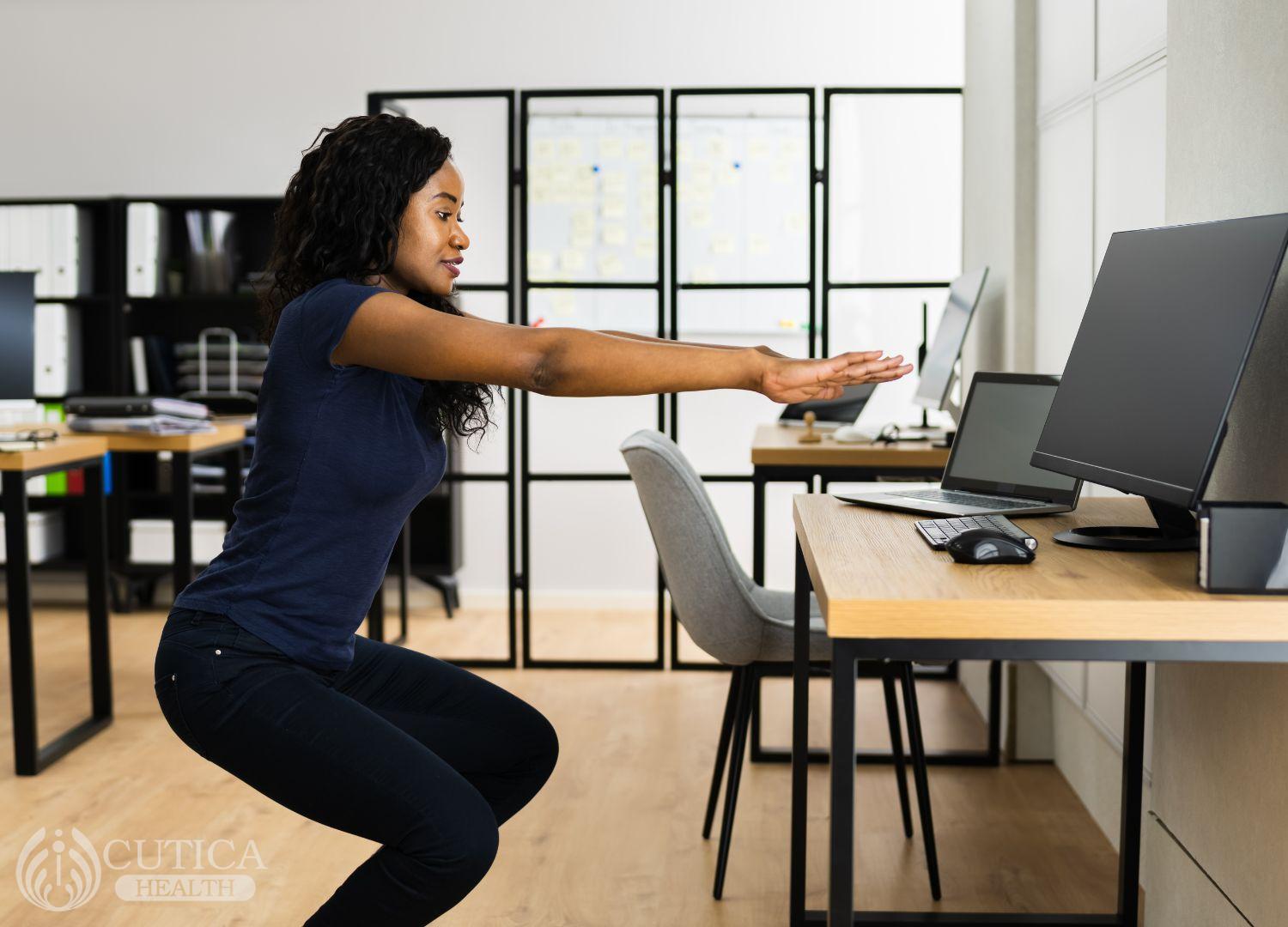The alarm went off, and Sarah woke up with a groan. She knew she had to get ready for work, but the pain in her back and neck made it hard to even get out of bed. Sarah had been experiencing this for a while now. But she attributed it to stress and the long hours she put in at work. However, today she decided to take action and figure out what was causing her discomfort.
What is Ergonomics?
Ergonomics studies how the physical environment affects people and their ability to work efficiently and safely. It is a critical aspect of workplace health and safety, and it is essential for employees to have the right office conditions for their health. Poor ergonomic conditions can lead to various health problems, including musculoskeletal disorders (MSDs), repetitive strain injuries (RSIs), and carpal tunnel syndrome.
The Benefits of Ergonomics
Ergonomics has many benefits for both employers and employees. For employers, ergonomic improvements can increase productivity, reduce absenteeism, and lower workers' compensation claims. For employees, ergonomics can reduce the risk of injury, improve comfort, and enhance job satisfaction.
Ergonomic Considerations for the Office
- Desk and Chair
The desk and chair are the most critical pieces of furniture in the office. A desk should be at the correct height, allowing the employee to work comfortably without having to slouch or strain. The chair should support the back's natural curve and be adjustable to the user's height. It should also have a comfortable seat that is not too hard or soft.
- Keyboard and Mouse
The keyboard and mouse are the most commonly used tools in the office. The keyboard should be at a height that allows the arms to rest at a comfortable angle, with the shoulders relaxed. The mouse should be positioned close to the keyboard, at the same height, and within easy reach.
- Monitor
The monitor should be positioned at the correct height and distance to avoid eye strain and neck pain. The top of the monitor should be at or slightly below eye level, and the monitor should be at arm's length from the user.
- Lighting
Lighting is essential in the office and can significantly impact productivity and employee health. Natural light is best, but if this is not possible, artificial lighting should be bright enough to prevent eye strain but not too bright to cause glare.
- Office Layout
The office layout should minimize the need for employees to move around excessively. Items used frequently should be within easy reach, and walkways should be clear of obstacles.

Ergonomic Tips for Employees
- Take Breaks
Sitting for prolonged periods can be harmful to health. Therefore, employees should take regular breaks to stand up, stretch, and move around. This will help to improve circulation and reduce the risk of musculoskeletal disorders.
- Exercise Regularly
Regular exercise can help to reduce the risk of injury and improve overall health. It can also help to relieve stress and improve mood. Employees should aim to exercise for at least 30 minutes each day.
- Maintain Good Posture
Good posture is essential to reduce the risk of injury and improve comfort. Employees should sit with their backs straight, shoulders relaxed, and feet flat on the floor.
- Use Proper Lifting Techniques
If your job involves lifting heavy objects, it is crucial to use proper lifting techniques. This will help to reduce the risk of back injuries. When lifting, bend at the knees, keep your back straight, and lift with your legs.
- Adjust Your Workspace
If you are experiencing discomfort in your workspace, take action to adjust it. For example, you may need to adjust your chair height, keyboard position, or monitor height. These small changes can make a big difference in your comfort level and reduce the risk of injury.
- Use Ergonomic Accessories
Many ergonomic accessories are available that can help improve comfort and reduce the risk of injury. For example, ergonomic keyboards, mousepads, and footrests can help reduce strain on the body.
- Stay Hydrated
Dehydration can cause fatigue, headaches, and other health problems. Drinking enough water throughout the day is essential to stay hydrated and to maintain good health.

Conclusion
By following ergonomic guidelines and tips, you can reduce the risk of injury and improve your overall health and well-being. Remember to take regular breaks, exercise, maintain good posture, use proper lifting techniques, adjust your workspace, use ergonomic accessories, and stay hydrated. With these simple steps, you can create a safe and comfortable working environment that promotes health and productivity.


